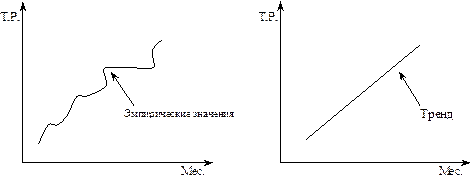Criminal cases
There are two kinds of criminal trial: 'summary' and 'on indictment'. For an adult, summary trials take place in a magistrates' court, while trials on indictment take place in the Crown Court. Despite the possibility of two venues for trial, almost all criminal cases, however serious, commence in the Magistrates’ Courts. It is possible to start a trial for an indictible by a voluntary bill of indictment, and go directly to the Crown Court, but that would be unusual. A criminal case that starts in the Magistrates' Court may begin either by the defendant being charged and then being brought forcibly before Magistrates, or by summons to the defendant to appear on a certain day before the Magistrates. A summons is usually confined to very minor offences. The hearing (of the charge or summons) before the Magistrates is known as a " first appearance". Offences are of three categories: indictable only, summary and either way. Indictable only offences such as murder and rape must be tried on indictment in the Crown Court. On first appearance, the Magistrates must immediately refer the defendant to the Crown Court for trial, their only role being to decide whether to remand the defendant on bail or in custody. Summary offences, such as most motoring offences, are much less serious and most must be tried in the Magistrates' Court, although a few may be sent for trial to the Crown Court along with other offences that may be tried there (for example assault). The vast majority of offences are also concluded in a magistrates' court (over 90% of cases). Either way offences are intermediate offences such as theft and, with the exception of low value criminal damage, may be tried either summarily (by magistrates) or by judge and jury in the Crown Court. If the magistrates consider that an either way offence is too serious for them to deal with, they may " decline jurisdiction" which means that the defendant will have to appear in the Crown Court. Conversely even if the magistrates accept jurisdiction, an adult defendant has a right to compel a jury trial. Defendants under 18 years of age do not have this right and will be tried in the youth court (similar to a magistrates' court) unless the case is homicide or else is particularly serious. A magistrates' court is made up in two ways. Either a group (known as a 'bench') of 'lay magistrates', or a district judge, will hear the case. A lay bench must consist of at least three magistrates. Alternatively a case may be heard by a district judge (formerly known as a stipendiary magistrate), who will be a qualified lawyer and will sit singly, but has the same powers as a lay bench. District judges usually sit in the more busy courts in cities or hear complex cases (e.g. extradition). Magistrates have limited sentencing powers. In the Crown Court, the case is tried before a Recorder (part-time judge), Circuit Judge or a High Court judge, and a jury. The seniority of the judge depends on the seriousness and complexity of the case. The jury is involved only if the defendant enters a plea of " not guilty".
|




